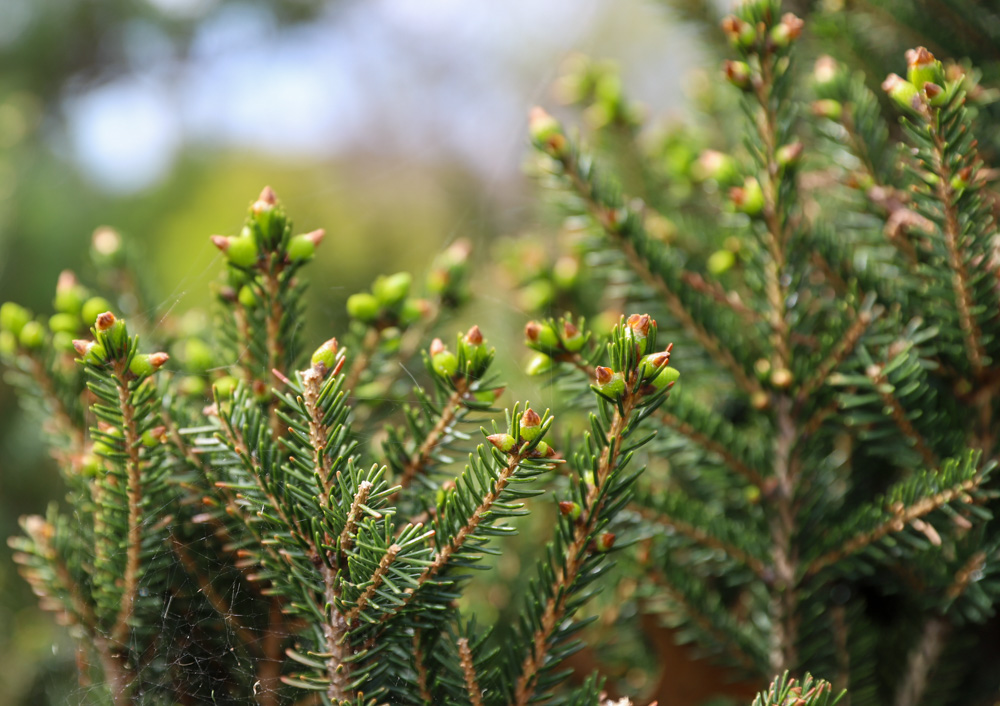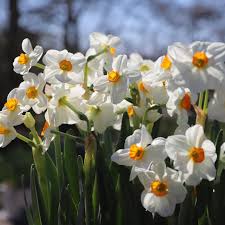
Powell Gardens’ Plant Profile series explores specific plants, sharing insights about their unique characteristics, histories, and care. Today, we explore one of the most beloved and diverse plant families—orchids! Known for their exotic beauty and incredible variety, orchids are a botanical treasure.
Core Features of Orchids
Orchids belong to the Orchidaceae family, one of the largest and most diverse plant families in the world. The Orchidaceae family includes the Orchis genus, where the plants we recognize as orchids are categorized. These plants are perennial herbs with tiny, dust like seeds. There are over 25,000 species and more than 100,000 hybrids.
Orchids are characterized by:
- Bilateral Symmetry: Orchid flowers are symmetrical, with two identical halves.
- Specialized Structures: The labellum (lip) is a modified petal that often serves as a landing platform for pollinators.
- Unique Pollination Strategies: Orchids rely on specific pollinators, from bees to moths, often mimicking their appearance or scents to attract them.

Orchid Plant Structure
Orchids are divided into two main types: monopodial, which grow vertically from a single stem, and sympodial, which grow horizontally with new shoots forming along a rhizome. Their floral structures are highly specialized for pollination.
Key parts of the plants’ structure include:
- Roots: Epiphytic orchids have aerial roots covered in velamen, a spongy layer that absorbs water and nutrients.
- Leaves: Typically waxy or leathery to retain moisture, though they vary by species.
- Pseudobulbs: Storage organs found in some orchids to retain water and nutrients.
Types of Orchids
Orchids can grow and thrive in three distinct ways, showcasing their incredible adaptability. Orchids are found in almost every environment around the world, from tropical rainforests to arid deserts!
Epiphytic Orchids (Air plants)
Many orchids are epiphytic, meaning they grow on the surface of trees or other plants, using their roots to anchor themselves while drawing moisture and nutrients from the air and rain rather than harming their host.
Terrestrial Orchids (Ground-dwelling)
Some orchids are terrestrial, growing in the ground with roots embedded in soil, thriving in leaf litter and other organic matter in forest floors or grasslands.
Lithophytic Orchids (Rock-dwelling)
A lesser-known group of orchids is lithophytic, which grow on rocks, often in moss or crevices where they can access moisture.
Orchid Range and Variety
Orchids have a wonderful range! There are orchids that thrive in natural environments and some that thrive in home settings. Popular orchid varieties include:
- Phalaenopsis (Moth Orchids): Easy to grow and commonly found in homes.
- Cattleya: Known as “corsage orchids” for their large, fragrant flowers.
- Dendrobium: Versatile and available in a variety of colors and sizes.
Brent Tucker (Collections, Lead Horticulturist) is especially fond of Phalaenopsis and mottled leaf Paphiopedilum orchids. “These two types of orchids are easier to grow in the average home where lower light levels are usually found,” he says. “While they are low light tolerant just be sure to give them bright indirect light to ensure a happy blooming orchid”.
A Brief History of Orchids
Orchids have captivated humanity for centuries. In their most notable moment, orchids created a Victorian ear craze called “orchiddelirium”. (This is where Powell Gardens orchid exhibit, Orchid Delirium, gets its name!) Fueled by fascination from collectors, orchid hunters traveled the world to obtain rare species. This fascination continues, with orchids symbolizing love, beauty, and refinement.

Orchid Events at Powell Gardens
Celebrate orchids’ splendor at Powell Gardens’ annual orchid-centered exhibition: Orchid Delirium. This immersive event showcases breathtaking orchid displays, expert-led workshops, and opportunities to purchase unique plants for your collection.
Learn More About Orchid Delirium
Caring for Orchids at Home
Successfully caring for orchids involves recreating their natural conditions. To do so, consider the elements described below.
- Light: Place orchids in bright, indirect sunlight. Too much direct light can scorch their leaves.
- Water: Water once the potting medium feels dry, avoiding overwatering. Use room-temperature water and ensure proper drainage.
- Humidity: Orchids thrive in 50-70% humidity. Use a humidifier or place the plant on a tray with pebbles and water.
- Temperature: Most orchids prefer temperatures between 65°F and 75°F. Avoid drafts and temperature extremes.
- Fertilizing: Use a balanced orchid fertilizer every two weeks during growth and less frequently during dormancy.
From Our Garden to Yours
Orchids embody elegance and resilience, making them a favorite among plant enthusiasts and collectors. Whether you’re an experienced gardener or a curious beginner, these stunning plants offer endless fascination and beauty.
We hope this profile inspires you to explore the world of orchids, visit Powell Gardens during Orchid Delirium, and perhaps bring home a beautiful bloom to brighten your space.
Related Posts


